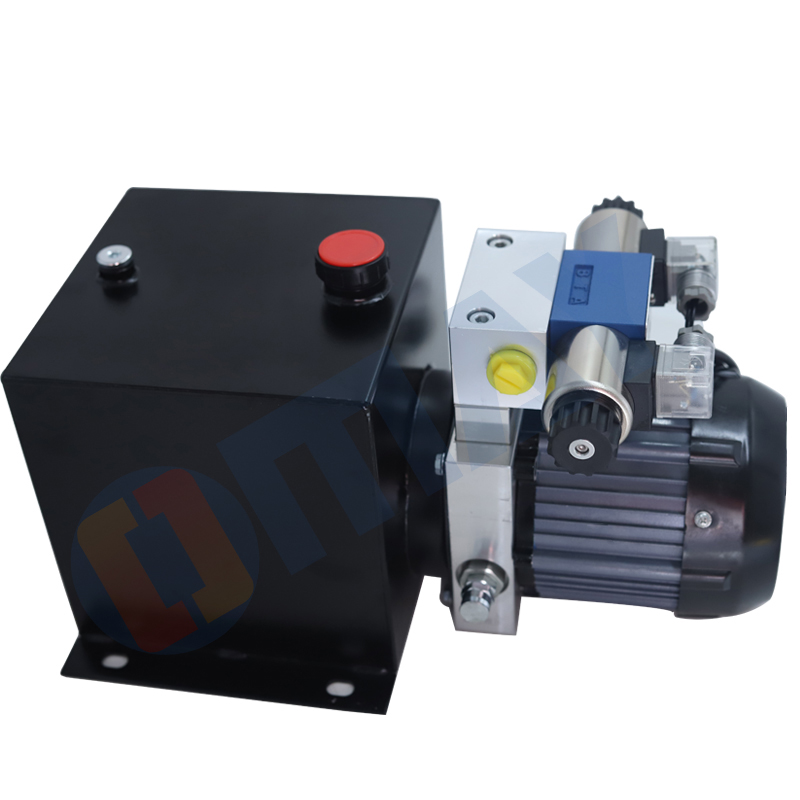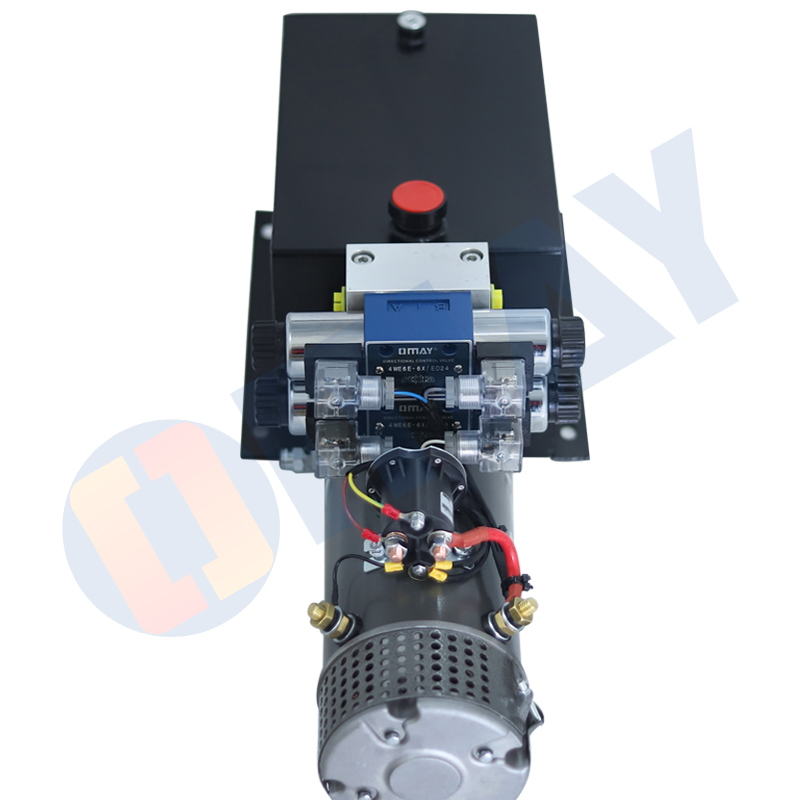Everything you need to know about bike brakes
This competition is now closed 24 Volt Hydraulic Power Unit

Modern braking for bikes is dominated by three systems: the disc brake, the caliper rim brake and the V-brake.
The hydraulic disc brake is rapidly taking over, with its widespread adoption on road bikes following the much earlier swap to discs on mountain bikes.
That increasingly leaves caliper rim brakes and V-brakes as the domain of cheaper bikes, although some top-tier road teams outside of the WorldTour still race on rim brakes.
Here’s everything you need to know about bike brakes, including the different types of brakes available, how they work, and a short history of every brake that has ever existed.
There are three main types of brakes on modern bikes: disc brakes, rim brakes and V-brakes. We’ll cover each of them in turn.
The majority of new bikes, whether that’s road bikes, mountain bikes or hybrid bikes, now use disc brakes that operate by pushing pads housed in a caliper against a brake rotor attached to the wheels’ hubs. We’ll go into different types of disc brake below.
Over the past five years, road disc brakes have rapidly taken over from rim brakes, which push brake pads against the wheel’s rim. There are good reasons for that, mainly related to more efficient and consistent stopping, whatever the weather.
On that note, and as we mentioned at the top, mountain bike disc brakes have been commonplace at all levels for years, providing powerful stopping power uninfluenced by trail conditions.
Disc brakes and caliper rim brakes take the lion’s share of braking duties across most bikes, but you’ll also find V-brakes on some cheaper urban or commuting bikes.
These also work on the rim and are attached to frame bosses on either side of the wheel. V-brakes (also known as direct-pull cantilever brakes) are operated via a cable that runs from one side of the brake and across the top, pulling the two halves together.
There are other brake designs out there, but they’re a rarity on mainstream bikes. Still, we’ll give you a full rundown at the end of this article.
Almost all bike brakes are operated using a lever mounted on the handlebars.
On bikes with a flat handlebar, including mountain bikes, there’s usually a brake lever separate from the bike’s gear shift levers.
Drop-bar road bikes and gravel bikes usually combine the brake lever and gear shifter into one unit (with separate units for the front and rear brakes), although older bikes had separate shifters on the down tube, and you can sometimes see shifters at the ends of the bars.
Single-chainring groupsets (known as 1x, or ‘one-by’) will have one brake lever with a gear shifter built-in, while the other lever will only work as a brake.
Singlespeed bikes have levers that just operate the brakes, as there are no gears to operate.
When you operate the brake lever, either it pulls a cable or pushes hydraulic fluid through a hose. In either case, there’s a physical line to the brake caliper from the lever.
We’ll explain the differences between how rim and disc brakes work in detail below, but in both cases, applying the brakes pushes pads against a braking surface to generate friction and heat to slow or stop the bike.
In a disc brake, the brake pads are housed in a caliper bolted to the frame.
The front brake caliper is attached to the left fork blade and the rear brake usually to the left chainstay, but occasionally to the left seatstay or between the two. They house brake pads that act on a rotor attached to the wheel’s hub, pressing against this to slow the bike.
The brake caliper is either mounted on posts protruding from the bike’s frame (usually found on mountain bikes). This standard is referred to as post-mount.
Flat-mount is an evolution of this and sees the caliper bolted to a designated flat surface on the frame (the default system now used on road bikes, gravel bikes and some cross-country mountain bikes).
Disc brake pads are typically made from an organic, sintered or semi-metallic compound, each with its own advantages and disadvantages depending on the type of riding you’re doing.
The disc brake rotor is usually made of steel and sized between 140mm and 203mm in diameter, with larger rotors used where stronger braking is needed, such as on downhill mountain bikes.

Hydraulic Power Pack Price The rotor may be connected to the wheel hub with either six bolts or using Shimano’s Centerlock system, where a lockring screws onto threads in the hub.